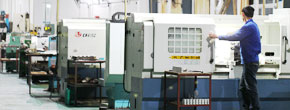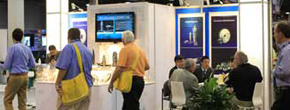

Zhengzhou Hongtuo Superabrasive Products Co., Ltd., established in 1997, is an ISO 9001:2008 certified company engaged in the R&D, production, sale and service of Honing Tool, Honing Stone, Diamond Wheel, diamonds & CBN honing stones and grinding wheels



IMTS 2012
Booth No: N-6886
September 10-15, 2012
CHICAGO IL. - MCCORMICK PLACE
Exhibits: honing abrasives, honing heads, honing tools, diamond wheels, CBN wheels, diamond dressers.



No.176, the 7th Street,
Eco & Tech. Development Zone
450016, Zhengzhou, China
Phone/fax: +86 371 62003286
Email: [email protected]
Eco & Tech. Development Zone
450016, Zhengzhou, China
Phone/fax: +86 371 62003286
Email: [email protected]




